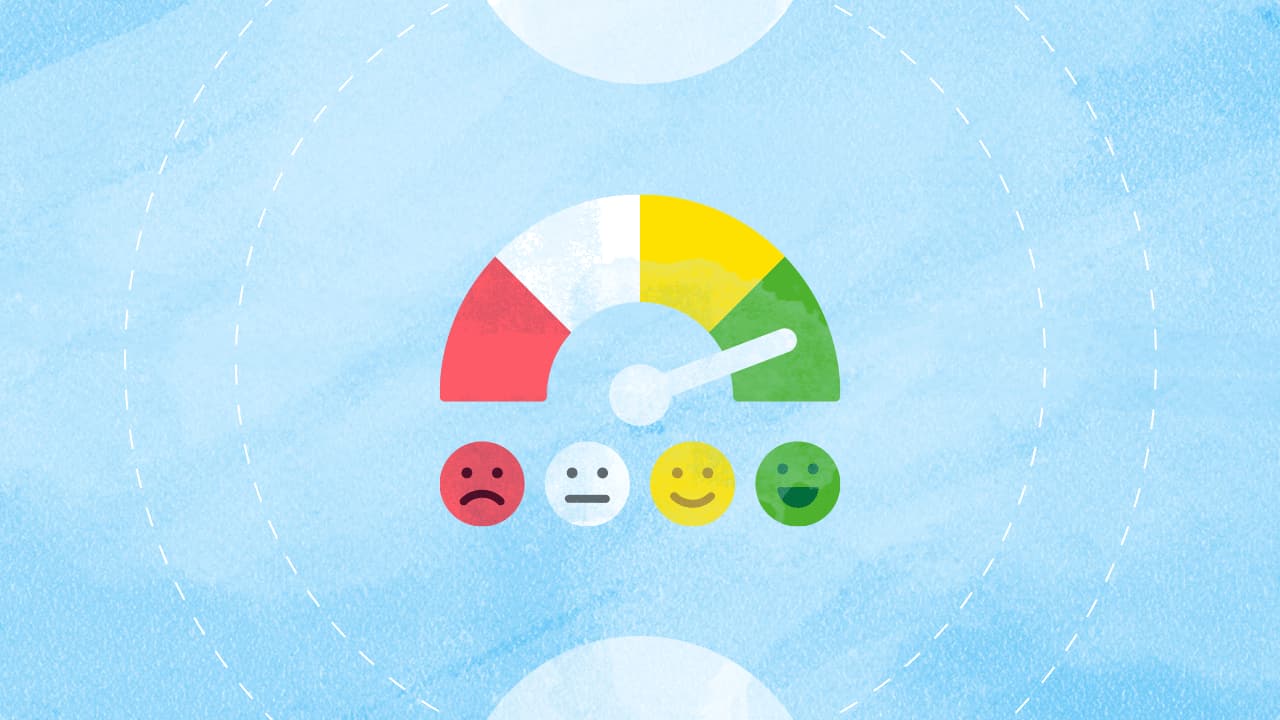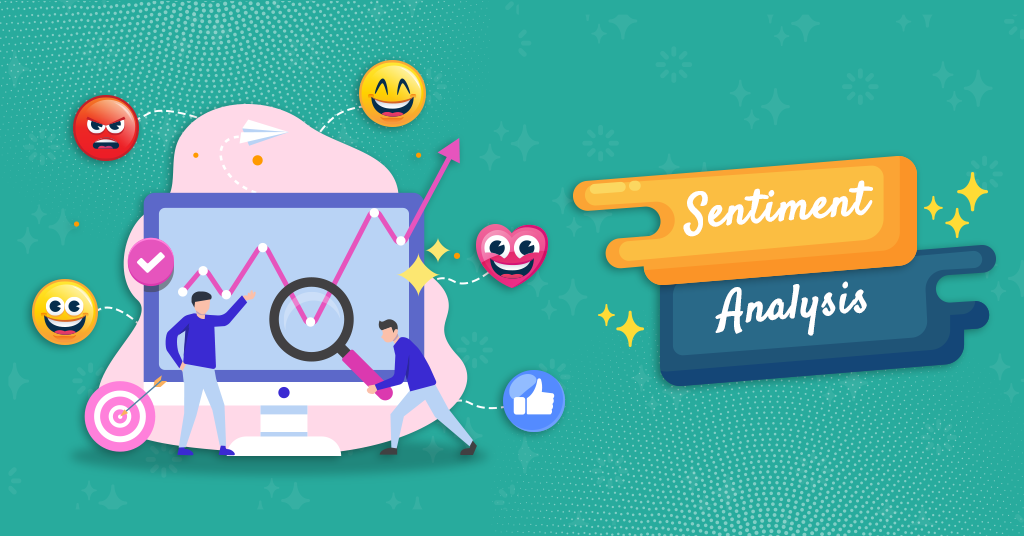Online Sentiment Analysis
Online sentiment analysis is a process that involves the use of natural language processing (NLP) and machine learning techniques to evaluate and understand the sentiment expressed in online content such as social media posts, reviews, comments, and articles. Its primary goal is to determine whether the sentiment conveyed in the text is positive, negative, or neutral.
In today’s digital age, where opinions are readily shared online, sentiment analysis plays a crucial role in helping businesses, organizations, and individuals gauge public perception and sentiment towards their products, services, brands, or specific topics. By analyzing vast amounts of textual data, sentiment analysis provides valuable insights into consumer attitudes, preferences, and behaviors.
The process of sentiment analysis involves several steps, including data collection, preprocessing, sentiment classification, and interpretation. During data collection, relevant text data from various online sources are gathered and aggregated. Preprocessing involves cleaning and formatting the text data to enhance accuracy and remove noise.
Sentiment classification employs machine learning algorithms or lexicon-based approaches to classify the sentiment expressed in the text as positive, negative, or neutral. These algorithms analyze linguistic features, contextual cues, and sentiment indicators within the text to make accurate predictions.
The insights derived from sentiment analysis can be used for various purposes, including reputation management, customer feedback analysis, market research, brand monitoring, and product development. By understanding public sentiment, businesses can make data-driven decisions, identify potential issues, capitalize on opportunities, and enhance customer satisfaction.
Overall, online sentiment analysis provides a powerful means to understand and interpret the vast amount of sentiment-rich data available online, enabling businesses and organizations to gain actionable insights and stay ahead in today’s competitive digital landscape.









